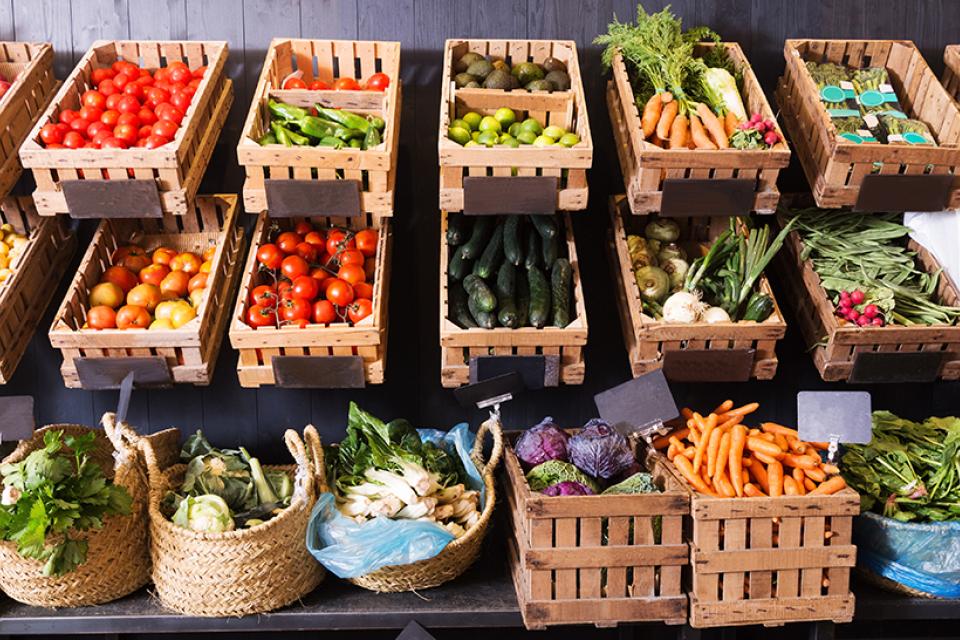The Blockchain Revolution in Food

Media coverage of blockchain in the food supply chain are a good reminder that technological innovations aren’t just for revolutionaries. Sometimes they are even better at entrenching the entrenched.
This article on blockchain in the food supply chain is good reminder that technological innovations aren’t just for revolutionaries. Sometimes they are even better at entrenching the entrenched.
Blockchain promises to bring traceability to the food supply chain. Such traceability is essential for small sustainable farms and fishermen to reach all the way through a paper and pencil supply chain and market that value to consumers who care.
The value of sustainably grown, raised and fished food gets diluted by fraud, delay or simple mislabeling as it moves from producer to processor to shipper to distributor to retailer/restaurant to plate. In theory, blockchain could enable a virtual supply chain that parallels and recounts the physical one.
But for blockchain to track physical supply chains, every link must be standardized and networked. That’s a lot of modern technology and connectivity for a world where orders (and invoices) are often written in pencil on paper and margins are slim to none.
Because of the investments required, blockchain traceability in food supply will likely take hold first where large downstream buyers (those with control and capital) can coordinate with large upstream suppliers (those with equal control and capital: e.g., Walmart, Subway, and Tyson). This isn’t so bad — it’s what happens next that could be the problem.
When the technologies of mass-production enabled greater food safety in the 1900s — efficient, large-scale food processing; effective, low-cost sterilization techniques; safe pressure-cooking and canning—national brands lobbied hard for food safety regulations.
The result was the 1906 Pure Food and Drug Act. Undeniably good for food safety, but also undeniably bad for smaller companies. Local and low-cost producers couldn’t afford the investments required. And like then, when the small producers can’t afford to upgrade their systems, the big guys will push for new regulations.